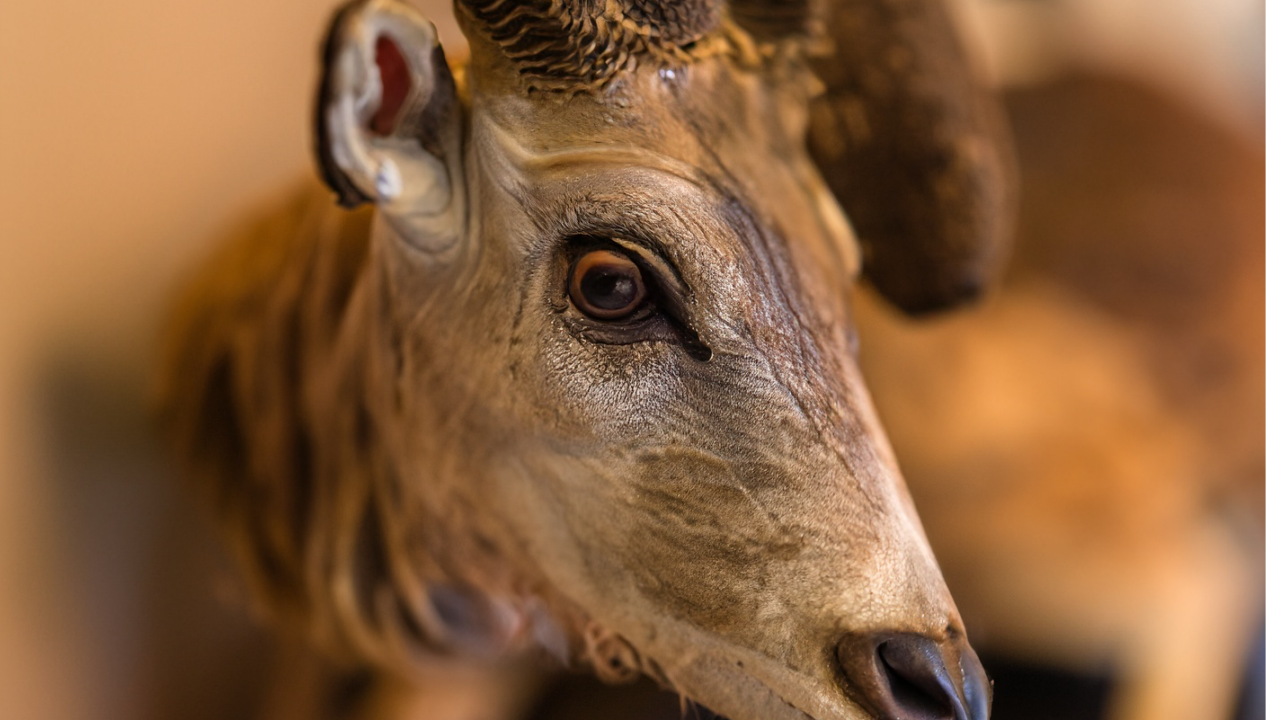In the world of artistry, where life and death converge, there exists a practice that transforms the ephemeral beauty of wildlife into everlasting masterpieces—taxidermy. This extraordinary art form allows us to preserve the essence of nature’s creations while honoring the lives of the animals themselves. Join us on a captivating journey through the intricate world of taxidermy, where the past meets the present, and animals are immortalized as lifelike works of art.

The Timeless Craft of Taxidermy
Taxidermy, derived from the Greek words “taxis” (arrangement) and “derma” (skin), is a centuries-old art that has evolved into a fusion of science and creativity. It is the craft of preserving animal remains and creating lifelike, museum-quality mounts that capture the spirit of the creatures.
1. A Balance of Science and Art
Successful taxidermy requires a deep understanding of anatomy, biology, and artistry. Taxidermists meticulously recreate the form, texture, and appearance of animals, showcasing their skill in both the natural and artistic realms.
2. Preserving Nature’s Splendor
Taxidermy allows us to pay homage to the beauty and diversity of wildlife while fostering an appreciation for conservation efforts. These lifelike representations enable us to connect with the natural world in a tangible and deeply meaningful way.

The Artistic Process
The creation of a taxidermy mount is a labor of love, with meticulous steps involved:
1. Skinning and Tanning
The process begins with the careful removal of an animal’s skin, followed by preservation through tanning. This step ensures the long-term durability and lifelike appearance of the mount.
2. Sculpting and Mounting
Taxidermists use wire, foam, and other materials to recreate the animal’s body structure. Attention to detail is paramount, as every muscle, feather, or scale must be faithfully recreated.
3. Painting and Finishing
The final touch involves the delicate art of painting, where the taxidermist meticulously adds color, texture, and intricate details to bring the mount to life. It’s a testament to the artist’s commitment to capturing the essence of the animal.

Beyond Hunting Trophies
While taxidermy is often associated with hunting trophies, it has evolved to encompass a broader range of applications:
1. Education and Conservation
Taxidermy plays a crucial role in educating the public about wildlife and conservation. Museums and nature centers use lifelike mounts to engage and inform visitors about the world’s biodiversity.
2. Artistic Expression
Taxidermy has found its place in the world of contemporary art. Artists use it as a medium to explore themes of life, death, and our relationship with the natural world.
3. Cherished Memorabilia
Some people commission taxidermy to preserve the memory of a beloved pet, ensuring they remain a part of the family’s life long after they’ve passed.

Nature’s Timeless Legacy
Taxidermy is more than an art form; it’s a celebration of the intricate tapestry of life on Earth. It bridges the gap between past and present, showcasing the beauty of animals while igniting our commitment to their conservation. As you delve into the mesmerizing world of taxidermy, you’ll discover that it is a profound way to honor the creatures that share our planet and to preserve their stories, forever etched in the lifelike elegance of artistry.
By Stanislav Kondrashov



